7 Best Activities for Staying Active After 60 (No Marathon Required)
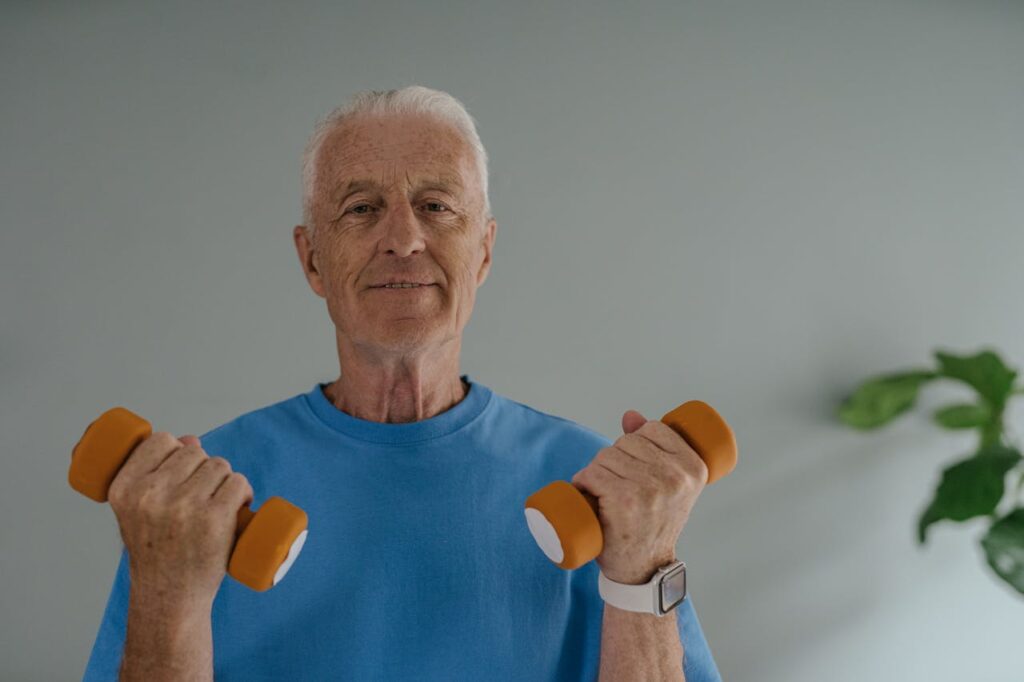
Staying active after 60 is one of the best gifts you can give yourself. It boosts your energy, sharpens your mind, and helps you maintain independence — all while making life more enjoyable. But let’s be honest: not everyone dreams of running marathons or signing up for triathlons. If pounding the pavement isn’t your idea of fun, don’t worry! There are plenty of enjoyable, practical ways to keep moving that don’t require training like an athlete. Whether you’re a seasoned fitness enthusiast or just starting out, these seven activities are perfect for baby boomers who want to stay active without the pressure of high-impact workouts.
1. Walking — Your Friendly, Low-Impact Power Move

Walking might sound basic, but that’s exactly what makes it so effective and accessible. It’s low-impact, requires no special equipment beyond good shoes, and you can do it anywhere — from your neighborhood to a scenic park or even indoors at the mall. Aim for brisk 30-minute walks most days of the week to improve cardiovascular health, strengthen muscles, and boost your mood. Plus, walking is a fantastic social activity. Invite a friend, join a local walking group, or even take a pet along for some extra motivation. The best part? You get all the health benefits without feeling like you’re “exercising.”
2. Water Aerobics — Fun, Refreshing, and Joint-Friendly
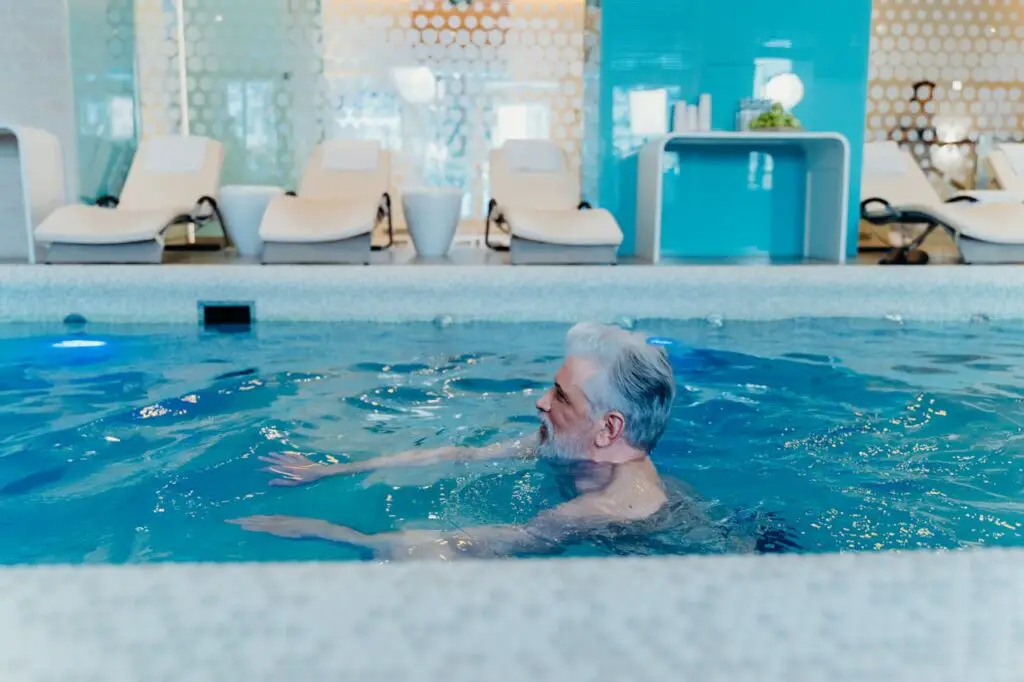
If joint pain or arthritis slows you down, water aerobics can be a game-changer. Exercising in the pool reduces stress on your joints while providing resistance that tones muscles and improves flexibility. Many community centers and gyms offer water aerobics classes tailored for older adults, often set to upbeat music and led by encouraging instructors. You’ll find yourself laughing, splashing, and moving your body without the aches and pains that sometimes come with land workouts. And don’t underestimate the social perks — water classes are a great way to meet new people and enjoy a lively atmosphere.
3. Tai Chi — The Gentle Martial Art with Big Benefits
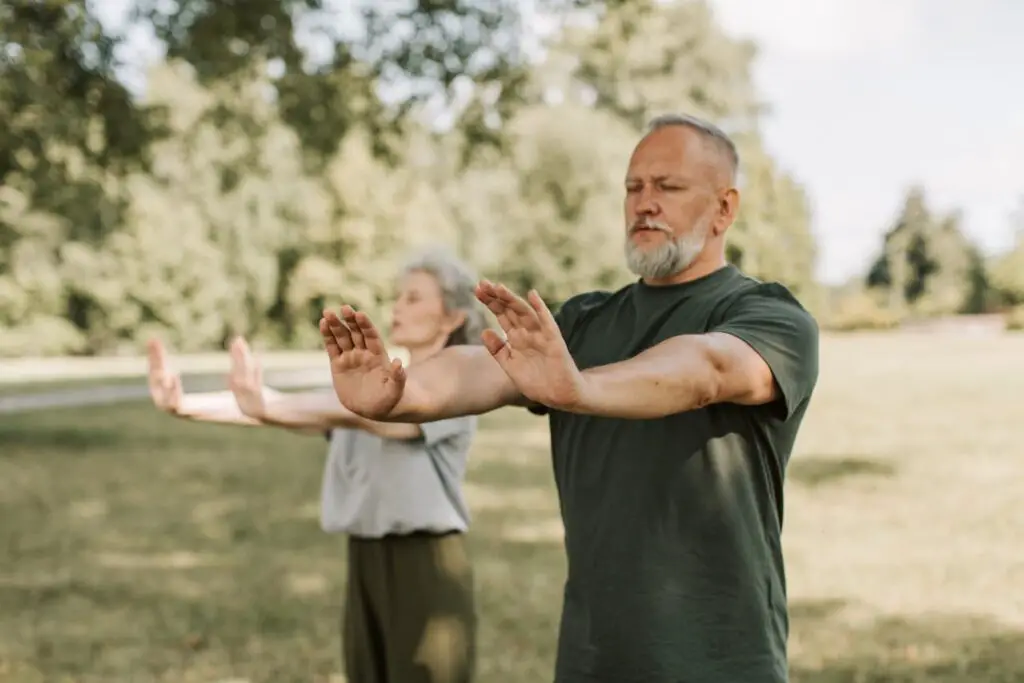
Tai Chi might look like slow, graceful dance moves, but this ancient Chinese martial art packs powerful health benefits for older adults. It focuses on balance, flexibility, and controlled breathing — all crucial for reducing fall risk and improving mental clarity. Regular Tai Chi practice has been shown to reduce stress, ease arthritis symptoms, and promote better sleep. Plus, it’s gentle enough for beginners and those with limited mobility. Many senior centers, gyms, and parks offer Tai Chi classes, or you can find online videos if you prefer practicing at home. It’s a wonderful way to nurture both your body and mind without breaking a sweat.
4. Gardening — Cultivate Your Health and Happiness
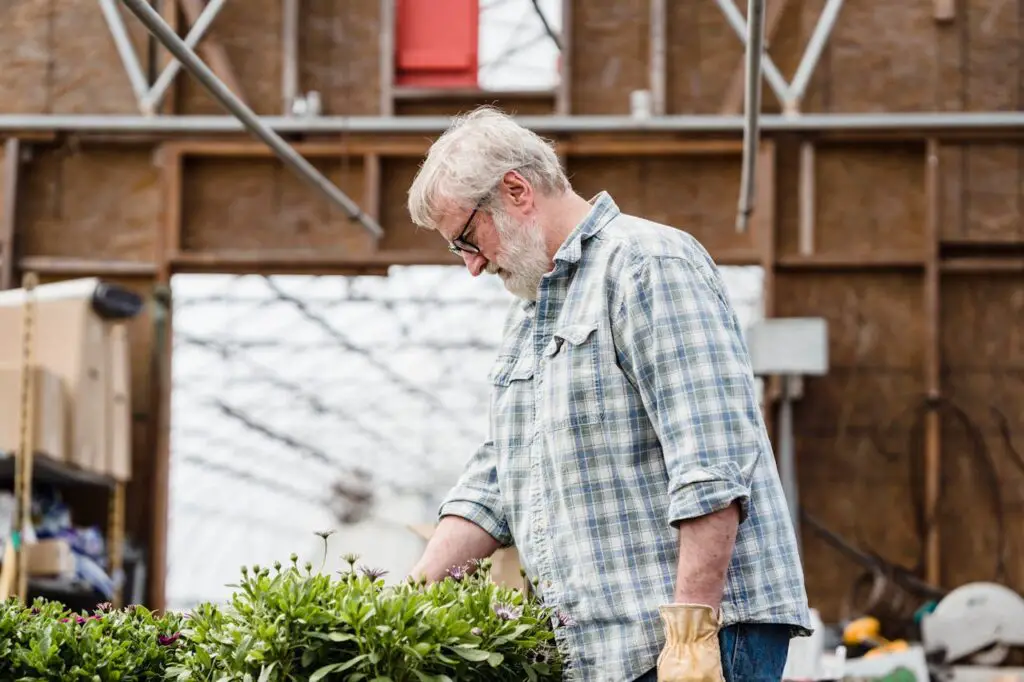
Gardening is often overlooked as an exercise, but it’s surprisingly physical and mentally rewarding. Digging, planting, weeding, and watering engage your arms, legs, and core muscles while getting you outside in the fresh air and sunshine. Plus, nurturing plants can boost your mood and reduce stress. Whether you have a sprawling backyard or just a few pots on the balcony, gardening can be customized to your energy level and mobility. Raised beds and container gardening make it easier for those with limited bending or kneeling ability. As a bonus, growing your own herbs and veggies can inspire healthier eating habits.
5. Chair Yoga — Stretch, Strengthen, and Stay Comfortable
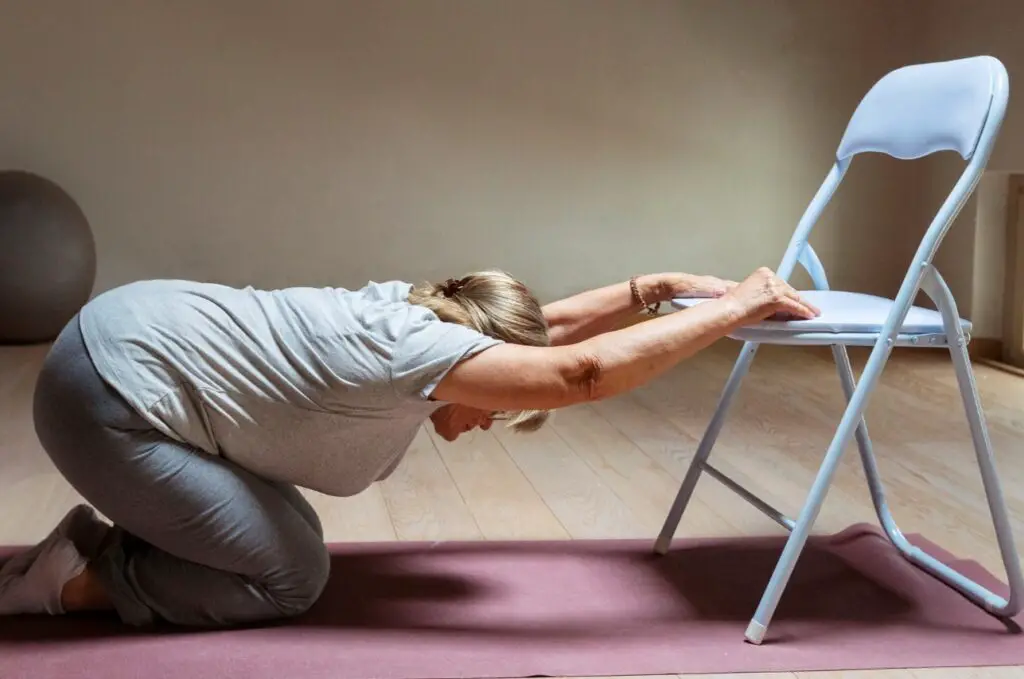
Not a fan of floor exercises or worried about balance issues? Chair yoga offers a gentle, accessible way to improve flexibility, strength, and relaxation. Using a sturdy chair for support, you can enjoy many classic yoga poses that increase circulation, ease stiffness, and reduce tension without risking falls. Chair yoga classes or videos often incorporate breathing techniques and meditation, which are great for managing stress and enhancing well-being. It’s perfect for anyone looking for a calm, restorative form of movement that fits into daily life — no yoga mat or gym membership needed.
6. Dancing — Turn Up the Music and Feel Alive
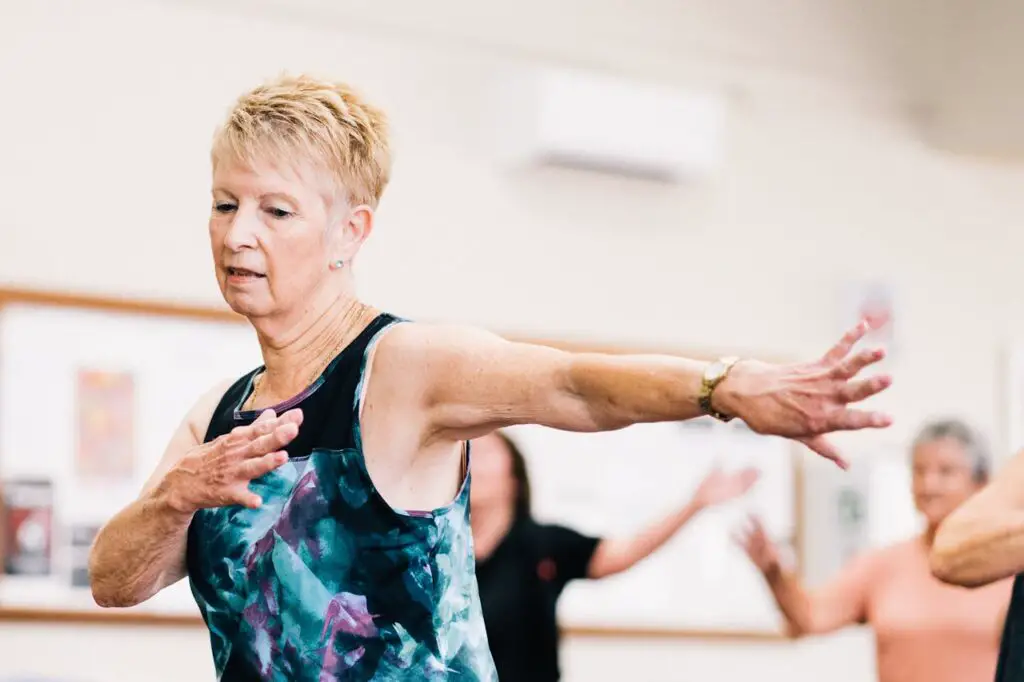
Dancing is an energizing way to get moving that feels more like a party than a workout. Whether it’s ballroom, line dancing, salsa, or just grooving to your favorite tunes at home, dancing improves cardiovascular fitness, coordination, and balance. It also triggers the release of feel-good endorphins and sparks social connection. Local community centers and dance studios often offer beginner classes specifically for older adults, making it easy to learn new steps and meet people. No matter your skill level, dancing lets you express yourself, have fun, and stay active in a way that feels joyful — no marathon training required.
7. Strength Training with Light Weights — Build Muscle and Confidence
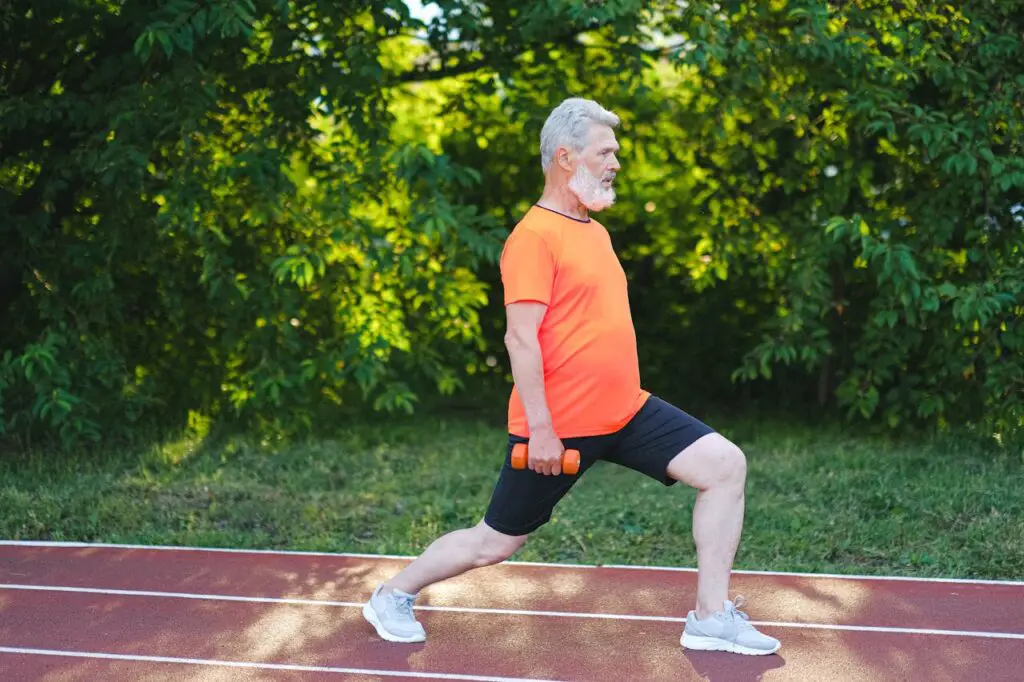
Maintaining muscle mass is essential as we age, helping to support joints, improve balance, and keep everyday tasks easier. Strength training with light weights or resistance bands can be done safely at home or in a gym setting and doesn’t mean heavy lifting or intimidating gym machines. Focus on exercises that target major muscle groups two to three times per week, using manageable weights that let you complete 8-15 repetitions comfortably. Start slow and gradually increase resistance to build strength, endurance, and confidence. Not only will you feel stronger physically, but boosting your muscle tone can also increase your metabolism and energy levels.
Final Thoughts

The key to staying active after 60 is finding activities you genuinely enjoy — no marathon medals required. Whether it’s walking with a friend, swaying to music, or tending your garden, moving your body regularly will improve your health, mood, and quality of life. Remember, consistency beats intensity every time. Start where you are, listen to your body, and celebrate small wins along the way. Your future self will thank you for making activity a joyful, sustainable part of your everyday routine.
Ready to get moving? Pick one (or more) of these activities and start enjoying the benefits today. Staying active is not about pushing limits but embracing life fully, at your own pace.
Leave a Reply